Power Line Conditioning – parallel or serial filters or regeneration
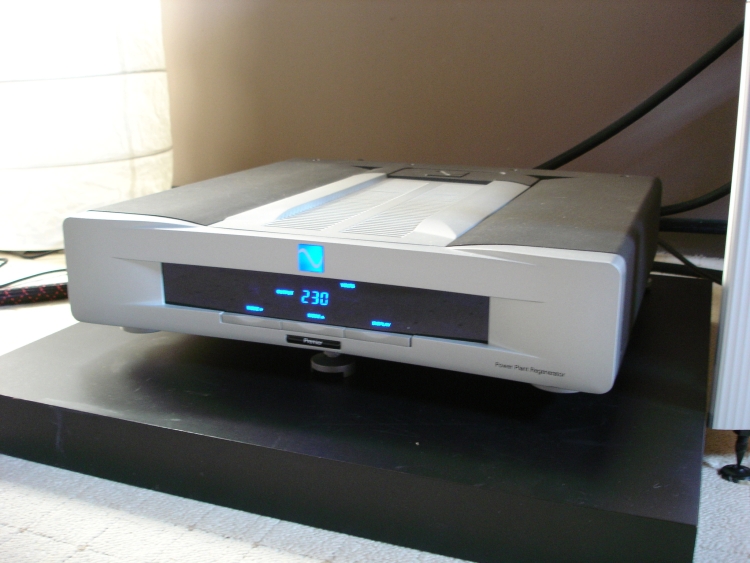
Filtering: yes or no? This is a much-debated topic and everyone seems to have an opinion. So do I, of course!
Methods of filtering
Serial
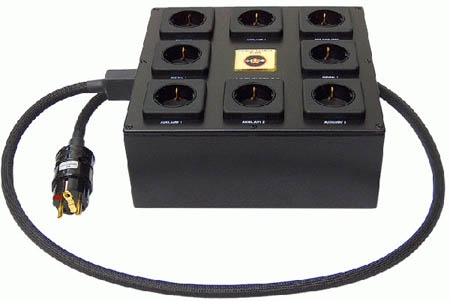
Serial filtering means that the electric current actually passes the filtering circuit, thereby affecting the power supply. This affects specifically heavy users of power such as amplifiers. This way of filtering is very effective but needs to be used wisely. First and foremost: use your ears to decide if it’s all good. Second: when your appliance is a heavy power amp, you’d best choose a filter that is able to handle the double amount of power needed.
Parallel
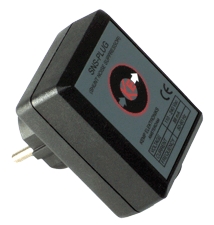
Parallel filtering means that the filter is connected in a parallel position to the power outlet and/or connected device. The electric current does not run through the filter itself. The filter couples back DC elements to mass and removes high-frequency noise. This method is less effective than the serial filtering but does not inhibit the power supply as the serial filtering does. It can, therefore, be useful when connected to an amplifier. See the Kemp SNS plug.
Regenerating
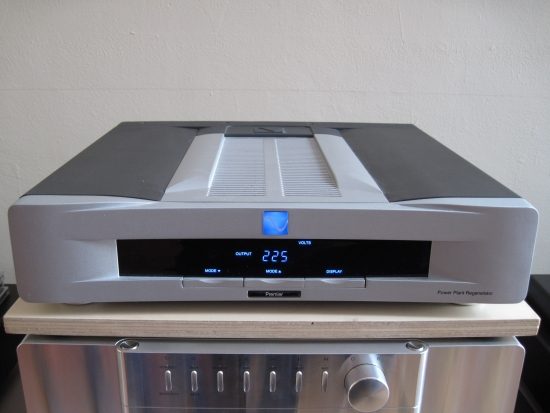
Regenerating filters are active devices that regenerate the electric current by converting the 240 Volts to DC and then convert it back to an accurate 50 Hz AC through a highly accurate amplifier or a switched-mode power supply. In effect, they are amplifiers that do only one frequency, and this is a highly effective method. You will need to use a version with a high power-rating though, as it is essentially a serial filter, albeit one without the usual dynamics-limiting factors of lesser serial filters. A very good example of a high-quality regenerating filter is the Powerplant series by PS Audio.
My experience with filtering
A story of ups and downs…
All this filtering is subject to personal tastes and of course to the qualifications of your audio system. Filters can actually improve certain aspects of your sound, especially if your power supply is of mediocre quality. In my opinion, even a simple parallel filter such as Kemp SNS Plug can make your sound more supple, more fluid, more relaxed and less grainy. But I also always feel like I lost some dynamic expression and transient speed. This was unexpected because parallel filters should not be able to influence these aspects! As always, in the audio world logic is not always logical.
The MIT Z-cord II power cables are in fact no filters at all, because it turns out that the two funny looking blocks only contained a ring of ferrite! These rings have their own specific influence on your sound, though. They have a slightly more rounded and more fluid sound than standard Belden power cables. But you also lose some transient attack and thus a little perceived dynamics.
The regenerating filters such as PS Audio’s Powerplant are an exception. They are really well designed and can do no harm as long as the filter’s capacity well exceeds the power required. It does not necessarily perform well with all appliances but I did some tests whereby a particular amplifier was jazzed up by the Powerplant on all acoustic aspects. The older types of the Powerplant series have the distinct disadvantage that they use up a lot more power than they deliver. Depending on their design they can heat up pretty badly, too. To lose the excess heat some older Powerplants use a fan, which can be quite annoying. The latest Powerplants, like the PPP, are switched designs and very energy efficient, however.
Conclusion
In my opinion, there are better ways to tune your audio system. I advise using filters only as a last resort. If you do, then go for a parallel filter or a Powerplant.
My advice: before you buy it, test it. Listen to all acoustic aspects. When you listen to the problematic aspects only, you will likely be blown away by the advantages the filter seems to offer. All the downsides will appear only too late!
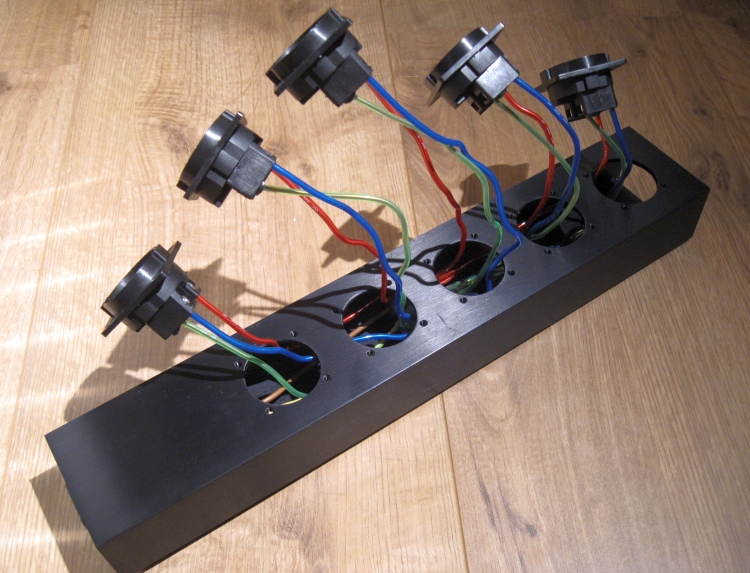
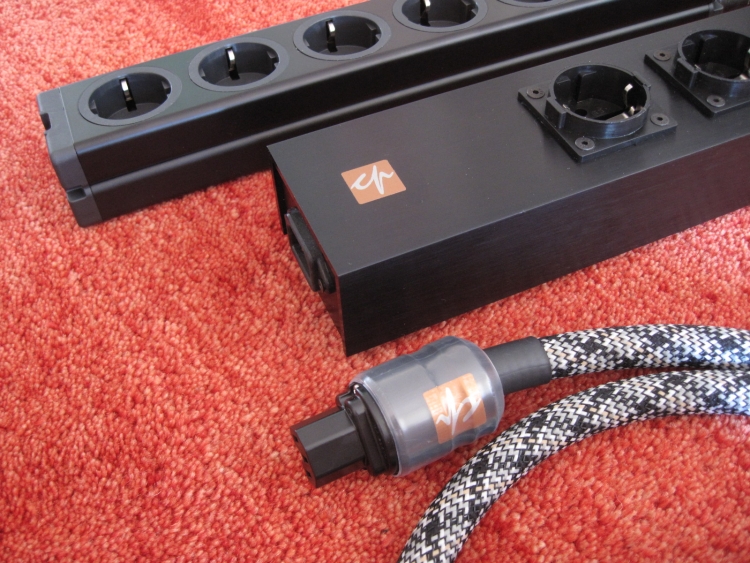
Dear Christiaan, have you ever tried the bigger PS Audio Power plants 10 or 20?
Best regards, Balazs
Hi Balazs, Alas, I have no personal experience with the big boys, but I did hear one (fairly sure it was the 10) with the Soulution 725 preamp in a friend’s rather upscale Magico Q7 system and was pleasantly surprised. It cleaned up the sound and added tightness and articulation but not overly so.